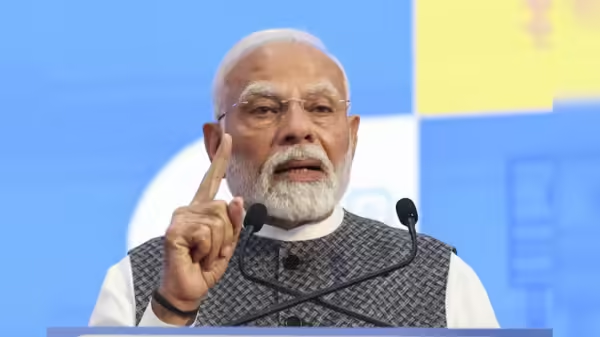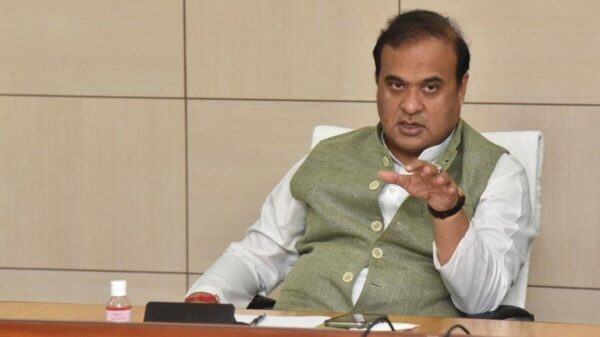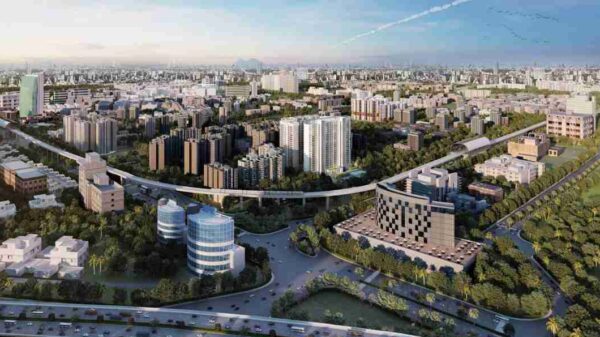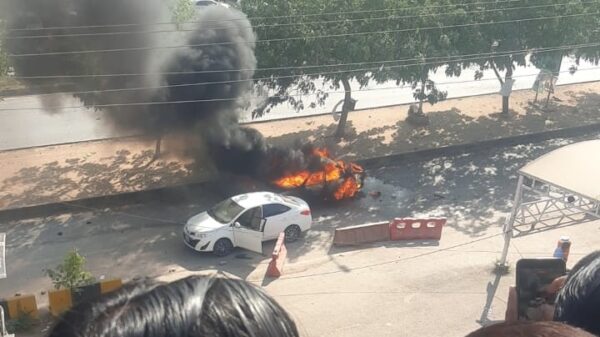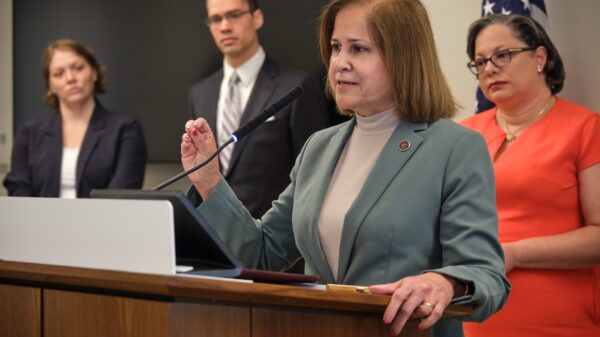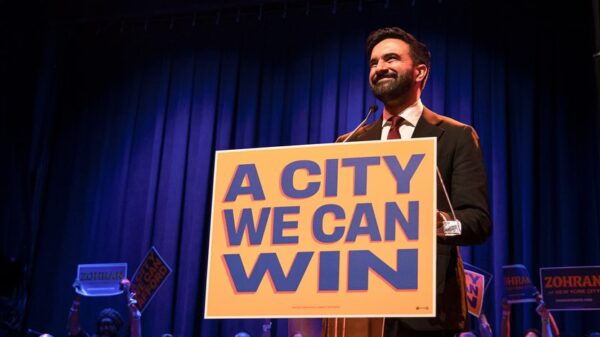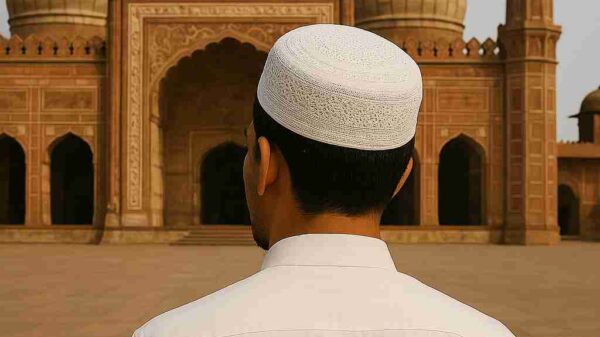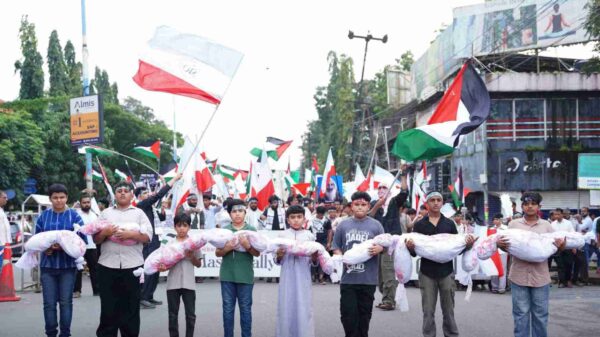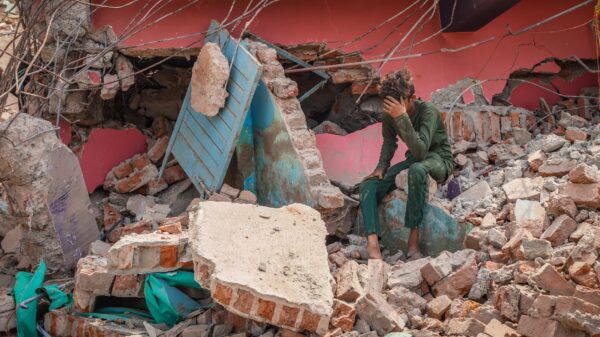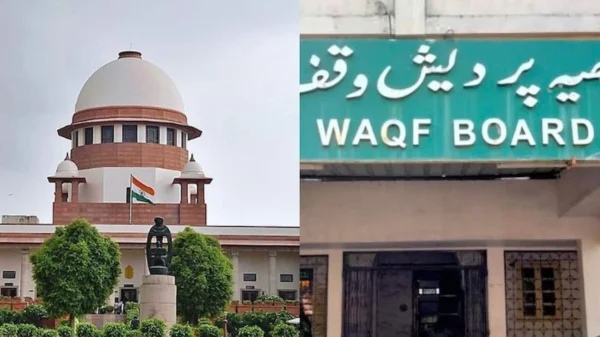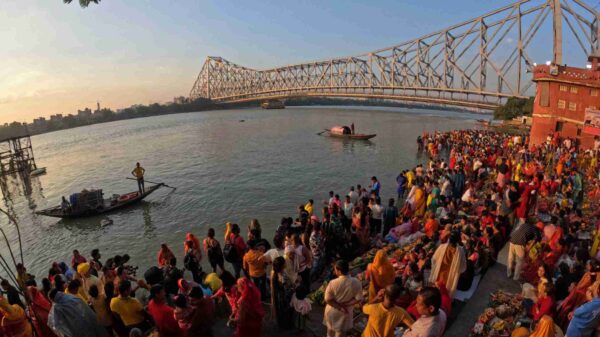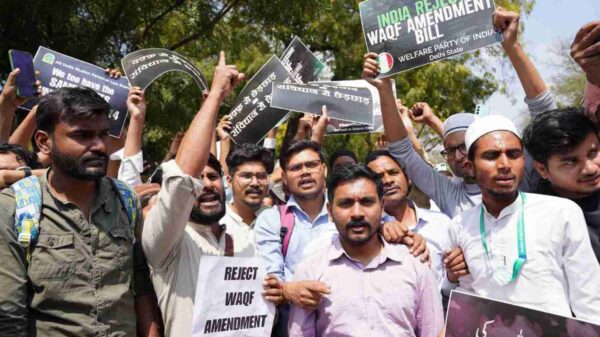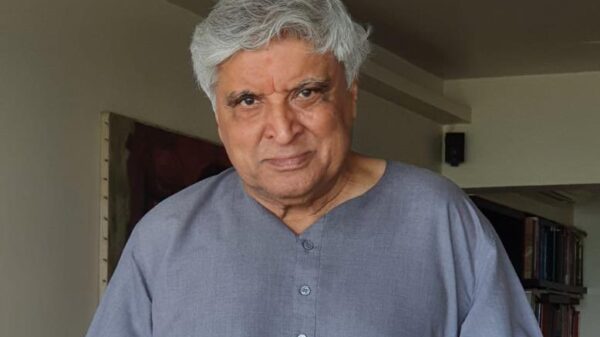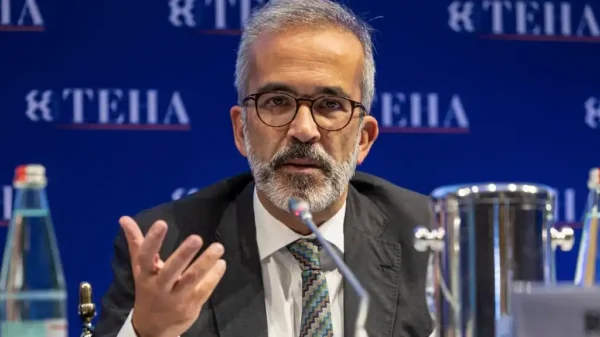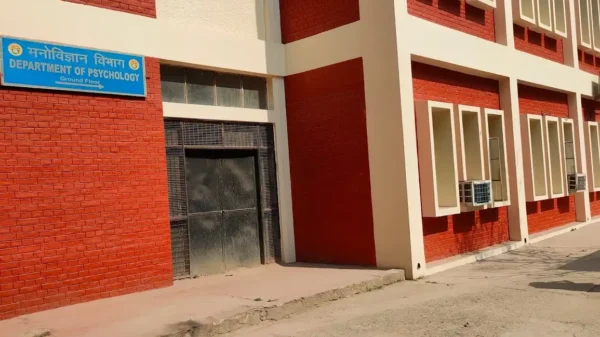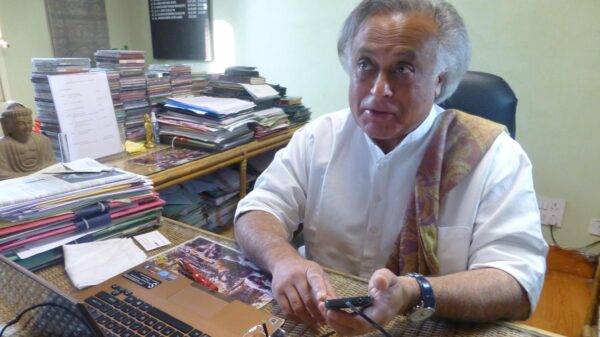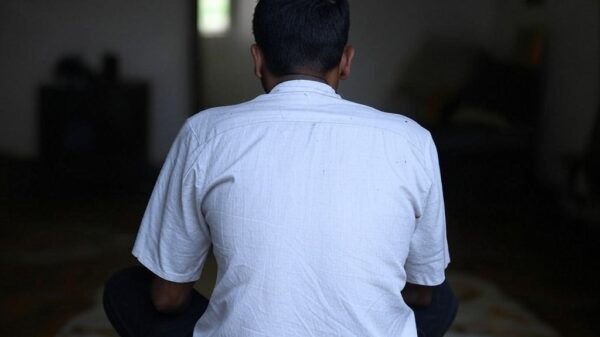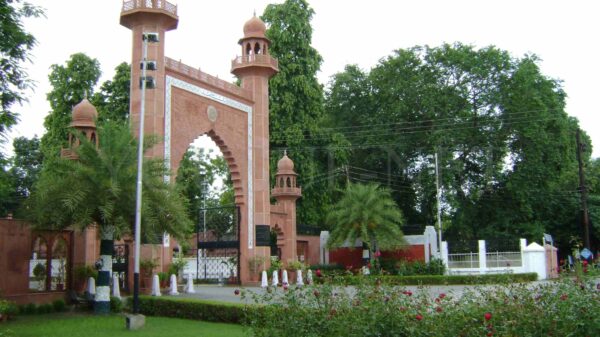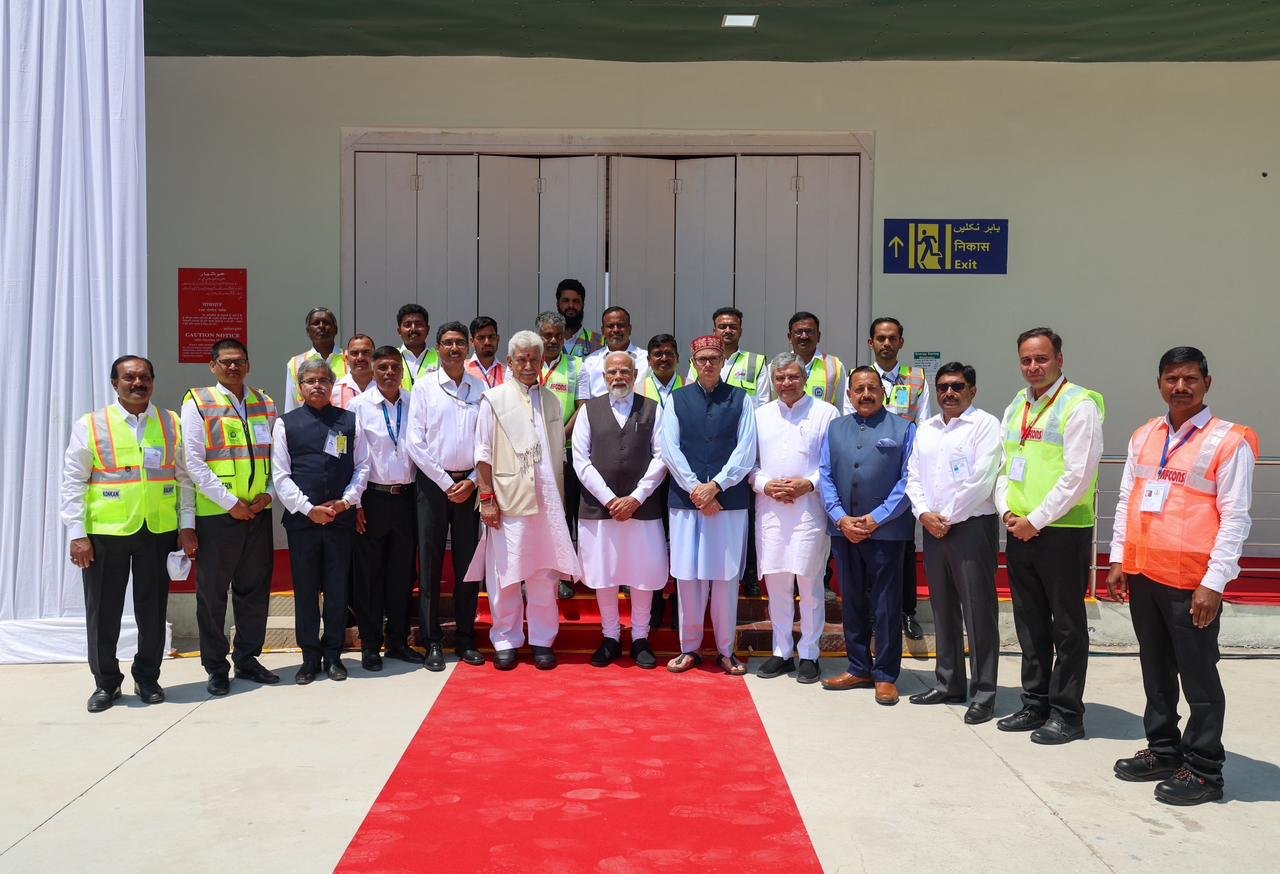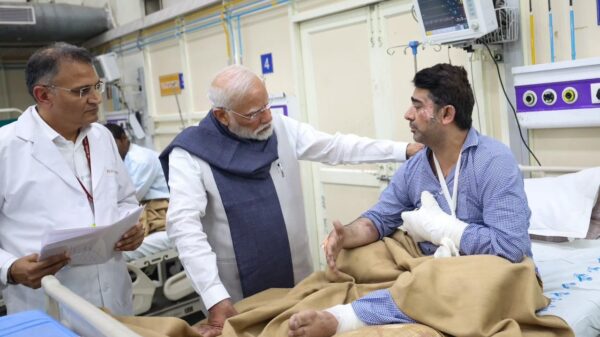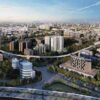Prime Minister Narendra Modi on Friday inaugurated the world’s highest railway bridge over the Chenab river, a monumental engineering feat completed at a cost of ₹1,486 crore after more than eight years of construction.
The Chenab bridge stands at an impressive height of 359 metres above the river, making it 35 metres taller than the Eiffel Tower in Paris. This steel arch bridge, stretching 1,315 metres in length, is designed to endure the region’s seismic activity and strong winds, reflecting the latest advancements in engineering and construction.
During his visit, PM Modi walked to a specially constructed viewpoint to witness this architectural marvel and was briefed on the technical details by the engineers and workers involved in the project. He later walked across the bridge holding the national tricolour flag, marking the symbolic completion of the project.
Following the Chenab bridge inauguration, the Prime Minister also unveiled India’s first cable-stayed railway bridge over the nearby Anji river, another significant achievement in the region’s railway infrastructure development.
The Anji bridge, located over a tributary of the Chenab, is the country’s second-highest railway bridge at 725 metres in length. It features an asymmetrical cable-stayed design with 96 supporting cables ranging from 82 to 295 metres, built to withstand harsh geological conditions, storms, and seismic activities prevalent in the young fold mountains of the Himalayas.
PM Modi reached the site via a rail engine coach and was accompanied by Railway Minister Ashwini Vaishnaw, Jammu and Kashmir Lieutenant Governor Manoj Sinha, Chief Minister Omar Abdullah, and Union Minister Jitendra Singh. The delegation also visited a railway museum established near the Chenab bridge, showcasing the history and technical aspects of these landmark projects.
The Chenab rail bridge is a vital link on the 111-km railway line from Katra to Banihal, a crucial segment of the Jammu–Baramulla rail link aimed at boosting connectivity and economic development in the region. Construction work began in earnest in 2017 after years of preparatory groundwork, including the building of 26 km of approach roads and a 400-metre tunnel to access the challenging site.
One of the most critical milestones was the joining of the 467-metre arch span in April 2021, an operation requiring exact precision to ensure a flawless fit of the final segment. Another significant achievement was the ‘Golden Joint’ ceremony in August 2022, marking the completion of the 785-metre-long deck superstructure over the arch.
The Anji bridge’s cable-stayed design replaced an earlier plan for an arch bridge due to concerns over the region’s geological stability. This innovative structure is designed to withstand severe natural challenges, including heavy storms and seismic tremors.






